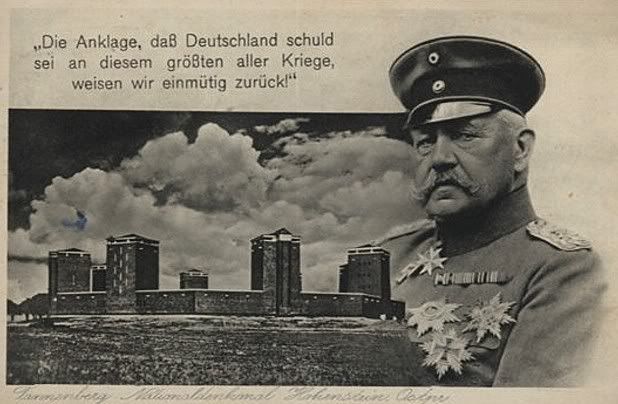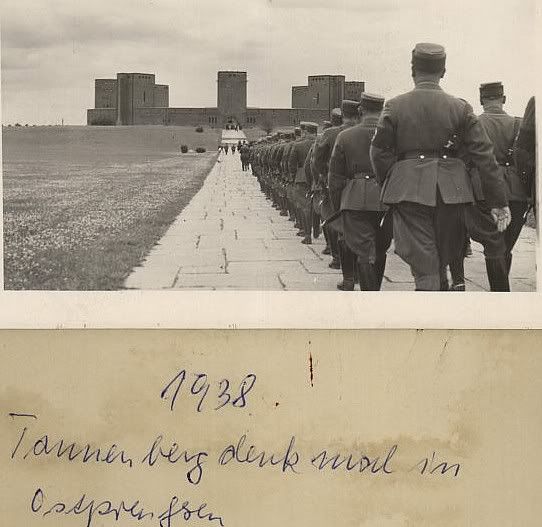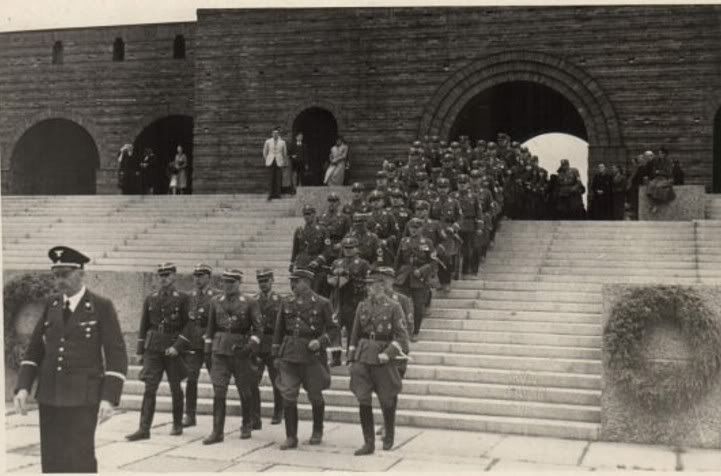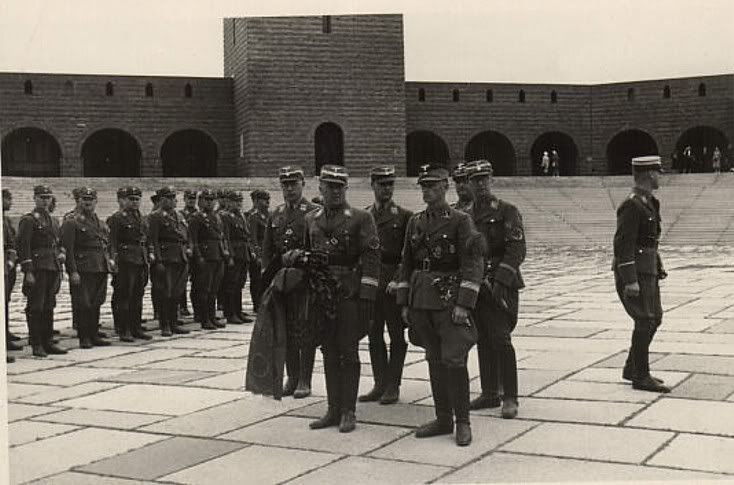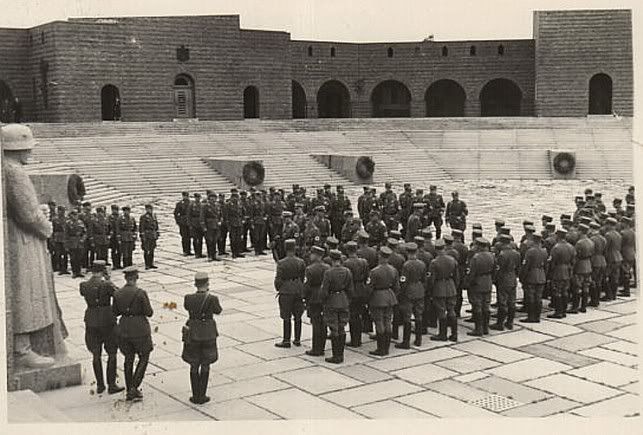This is very romantic but untrue.rys wrote:seahawk11 wrote:
Correct me if I'm wrong, but this is also the same place where the Teutonic Knights met their demise. The Poles call it Grunwald, the Germans Tannenberg.
This is and, at the same time, is NOT the same place as Grunwald. The so called '1st battle of Tannenberg' took place ca. 15 km. south-west off the town of Hohaltstein (Olsztynek) in a triangle between three villages: Stembark (in German: Tannenberg), Lodwigowo and Grunwald. The so called "2nd Battle of Tannenberg" obviously was not an event that could be linked with any particular place as the battle front extended over 200 km. from north-east to south-west, leaving the village of Tannenberg away from the main theater of war. Hindenburg and the pan - German ideology wanted those two historical events to be conveniently associated with the same locality so as to wipe away the shamefuly excrutiating smashing the Tutonic Knights suffered in 1410 at Grunwald from the Polish-Lithuanian-Tartar-Belorussian army. Thus the victory in 1914 was supposed to serve as the symbol of revenge they got on the Slavs, whom they had always had in low regard. This monument was also supposed t serve as a testimony of the Germanic 'cultural mission' in the east. We all know too well how great ideas like the one embodied in the Tannenberg Mmorial, come to a sad and tragic end.
That's correct. Supposedly an ancestor of Hindenburg's had fallen at the battle in 1410, and thats why he chose the name for the battle.
rys[/quote]
Grunwald = Grunfelde
Stebark = Tannenberg
Olsztynek = Hohenstein
http://de.wikipedia.org/wiki/Grunwald




